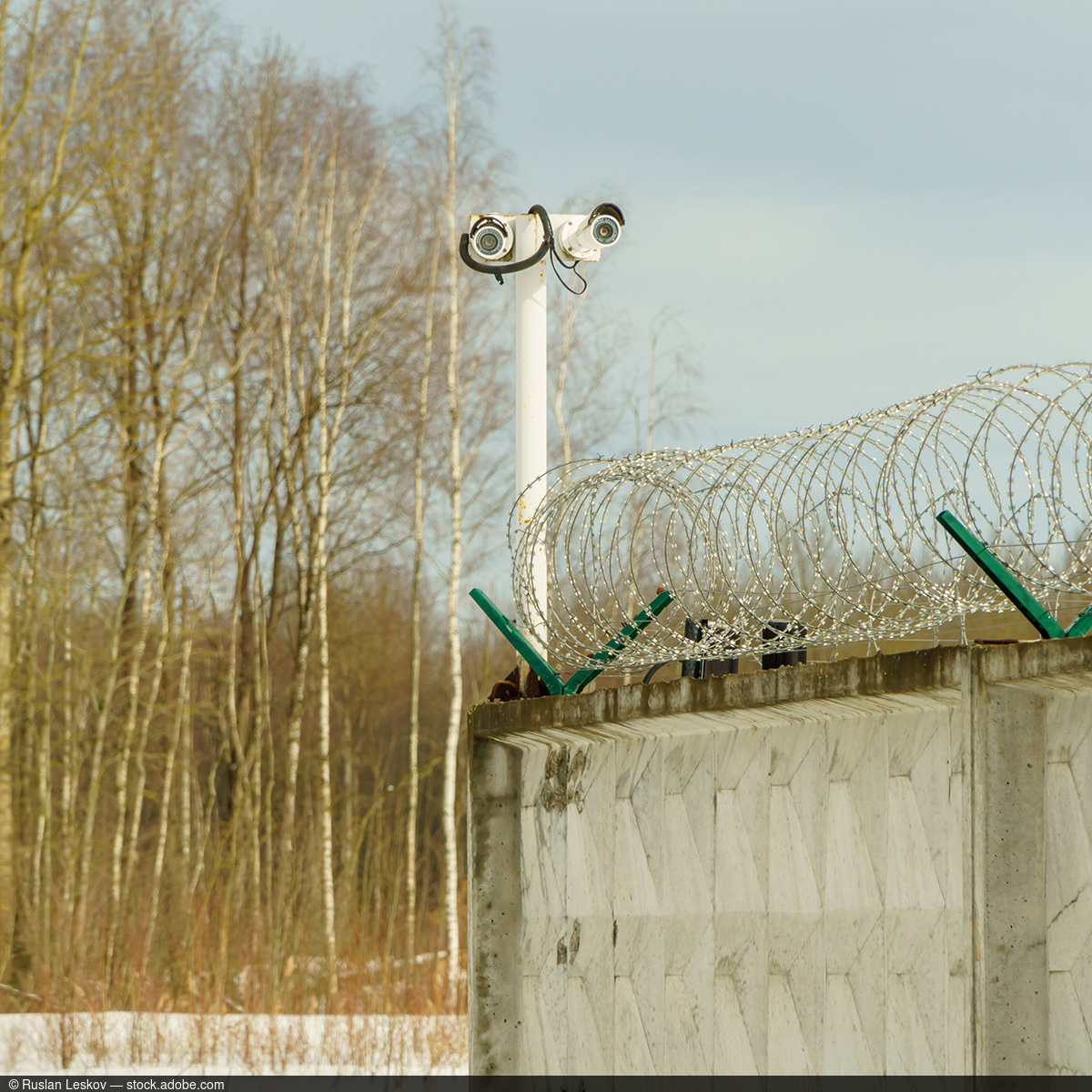Refugees Cause Only Slight Increase in Crime
ResearchZEW Study on the Impact of Refugees on Crime Rates
In the wake of the significant inflow of refugees to Germany in the years 2015 and 2016, refugees, after an initial welcoming phase, were increasingly associated with crime in public discourse and the media. Researchers from ZEW Mannheim investigated whether crime rates in districts receiving refugees actually went up, using an annual panel. The study reveals that crime rates did indeed rise, but only slightly and with a certain time lag.
“Given the fact that young men – regardless of their nationality – are more prone to commit crime than older men and women, we would have expected a significant surge in crime rates. However, our data for the arrival year 2015 show no increased crime rates. It was only in 2016 that they rose due to refugee arrivals in 2015, but not as much as demographic characteristics and previous studies would have suggested,” summarises co-author Dr. Martin Lange, head of the Junior Research Group “Integration of Migrants and Attitudes towards the Welfare State (IMES)” in ZEW’s “Labour Markets and Social Insurance” Unit.
Martin Lange attributes this outcome primarily to two factors: “One reason for the comparatively slight increase could be the social benefits in Germany, which are higher than in other countries. Additionally, refugees often cannot return to their countries of origin, which heightens the pressure to integrate.”
Data foundation
The analysis relies on an annual panel comprising nearly 400 districts with an average population of 200,000. Covering the period from 2013 to 2018, the analysis combines novel datasets on refugees and distribution policies in Germany with official crime statistics for property crimes, violent crimes, drug-related offences, and street-level criminal activities.


